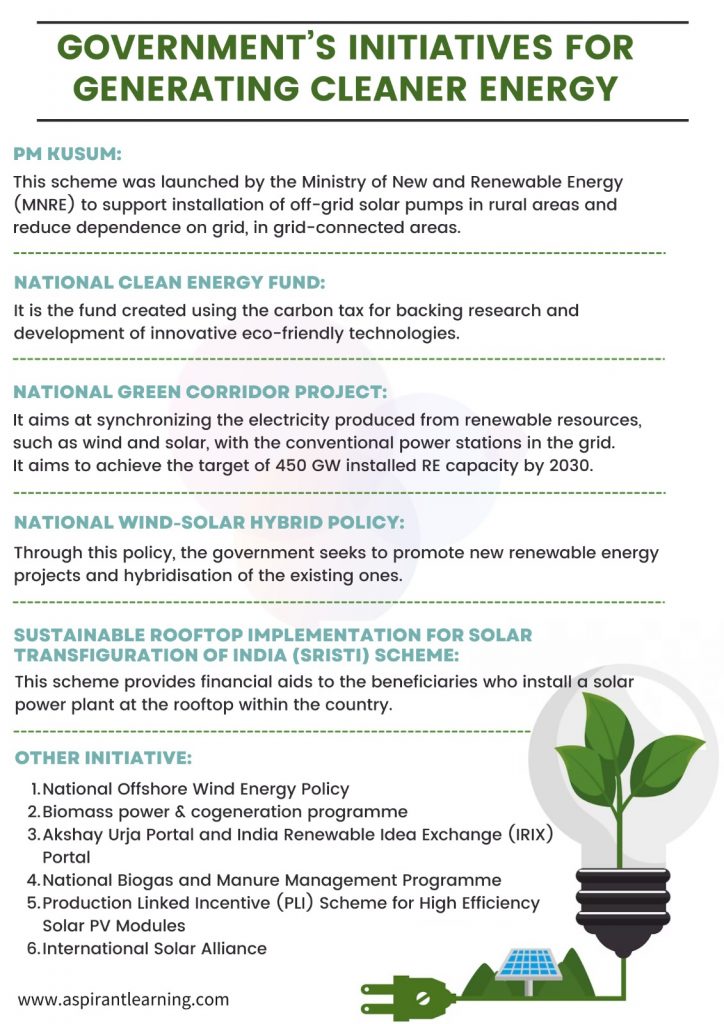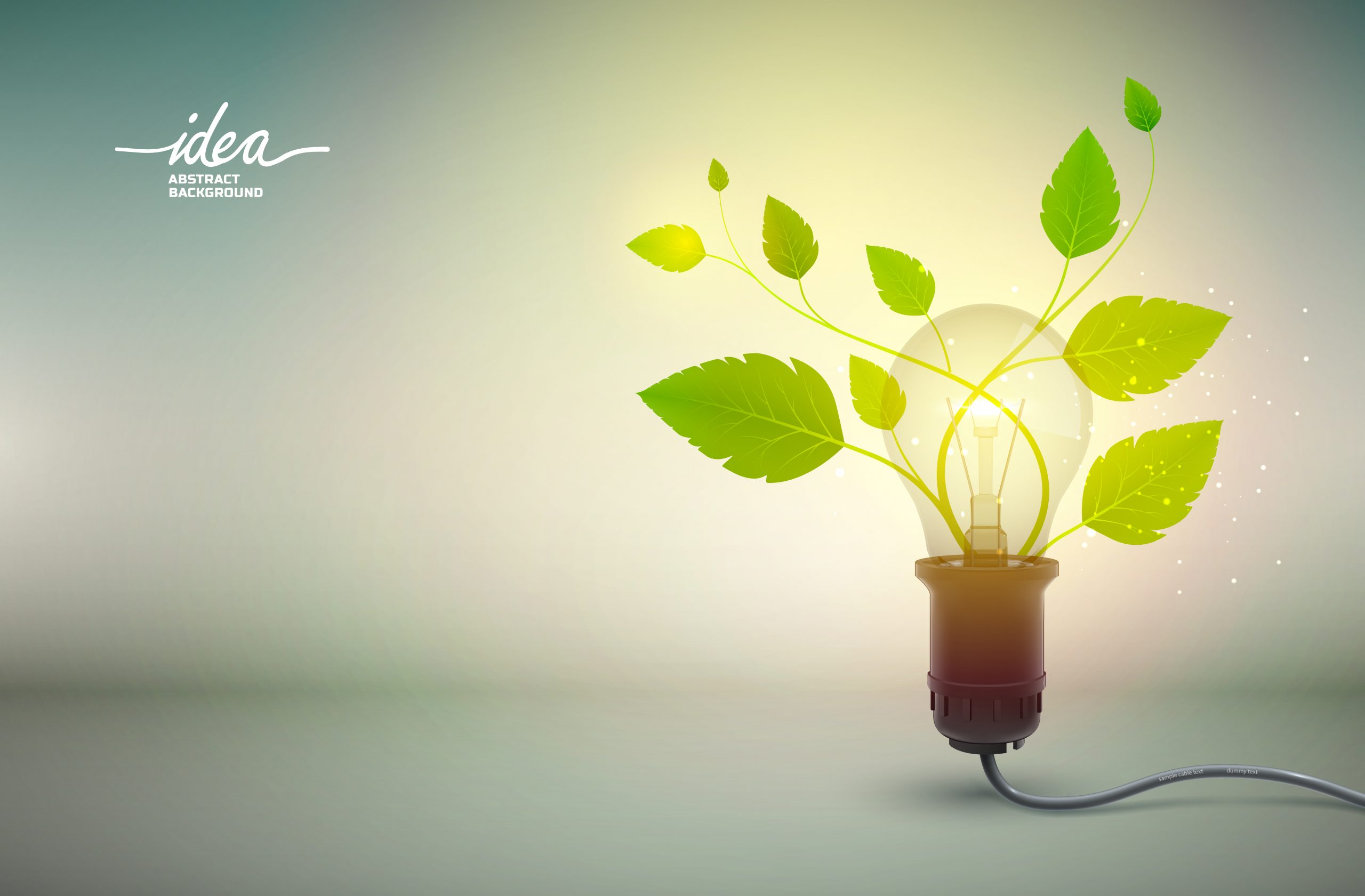News Highlights:
Budget 2023 for Green Energy: Union Finance Minister Nirmala Sitharaman mentioned a slew of schemes to promote clean energy and sustainable living in her Budget speech on Wednesday.
Budgetary allocation for green energy:
- Green Hydrogen:
- The government recently announced a push to ‘green hydrogen’ and promoted renewable energy projects.
- launched National Green Hydrogen Mission, with an outlay of ` 19,700 crores, will facilitate the economy’s transition to low carbon intensity, reduce dependence on fossil fuel imports, and make the country assume technology and market leadership in this sunrise sector.
- The use and supply of hydrogen from renewable energy sources has been allotted ₹297 crores.
- The target is to reach an annual production of 5 MMT by 2030.
- Energy storage:
- Battery Energy Storage Systems with a capacity of 4,000 MWH will be supported with Viability Gap Funding to steer the economy on the sustainable development path.
- A detailed framework for the Pumped Storage Project will also be formulated.
- Boost for solar projects:
- The Ministry of New and Renewable Energy has received a budgetary allocation of ₹10,222 crores, a 45% hike from the ₹7,033 crores it expects to spend in the current financial year.
- The most significant hikes in the Ministry’s programmes are for ‘off-grid’ solar projects.
- India had a target of installing 100 gigawatts (GW) of solar power projects by 2022 but has only installed 63 GW.
- Off-grid solar projects constitute less than 5% of the target.
- The allocation for solar power expected to be supplied to the grid has been raised to ₹4,970 crore, up from the ₹3,469 crores expected to be spent by March 2023.
Green Energy:
- About:
- Green energy is a term for energy that comes from renewable sources. Green energy is often considered clean, sustainable, or renewable.
- The production of green energy does not release toxic greenhouse gases into the atmosphere, meaning it causes little or no environmental impact.
- Some important green energy sources include power produced by solar, wind, geothermal, biogas, low-impact hydroelectricity, and specific eligible biomass sources.
- Challenges:
- Renewable Energy generation is zero-carbon (barring some biofuels), and there are emissions at other points of its lifecycle, such as during raw material extraction and equipment manufacturing.
- India’s power sector has always faced a shortage of skilled personnel.
- The high initial cost of installation is one of the major hurdles in the development of renewable energy.
- Most renewable energy plants that share their energy with the grid require large areas of space. In most cases, renewable energy sources are dictated by location, which can be off-putting to users.

India and Renewable Energy:
- Need for green energy:
- India had a historic rise in CO2 emissions in 2021 due to a sudden spike in oil and coal consumption.
- With just 2% of pandemic recovery finance spent on clean energy, emissions are expected to reach an all-time high in 2023.
- Although an energy economy founded on clean pathways is emerging, energy transformation has a long way to go.
- India’s energy consumption:
- India is the world’s third-largest energy-consuming country.
- Energy use has doubled since 2000, with 80% of demand still being met by coal, oil and solid biomass.
- On a per capita basis, India’s energy use and emissions are less than half the world average.
- India’s renewable energy production:
- India will be the world’s 3rd biggest renewable energy producer (136 GW out of 373 GW) of total installed energy capacity in 2021 from renewable sources.
- India has been ranked 5th for installed hydroelectric power capacity.
- As of 31 March 2020, India’s installed utility-scale hydroelectric capacity was 45,699 MW or 12.35% of its total utility power generation capacity.
- Efforts Towards Green Energy:
- In 2019 India announced that it would take up its installed renewable energy capacity to 450 GW by 2030.
- The Production Linked Incentive Scheme (PLI) scheme is another initiative of the Government of India concerning enhancing the manufacturing sector for producing raw materials for renewable energy.
- The PM- KUSUM (Pradhan Mantri-Kisan Urja Suraksha evam Utthaan Mahabhiyan) aims to provide financial and water security to farmers through harnessing solar energy capacities of 25,750 MW by 2022.
- The Ministry of New and Renewable Energy website also hosts Akshay Urja Portal and India Renewable Idea Exchange (IRIX) Portal.
- IRIX is a platform that promotes the exchange of ideas among energy-conscious Indians and the Global community.
Pic Courtesy: Freepik
Content Source: The Hindu



